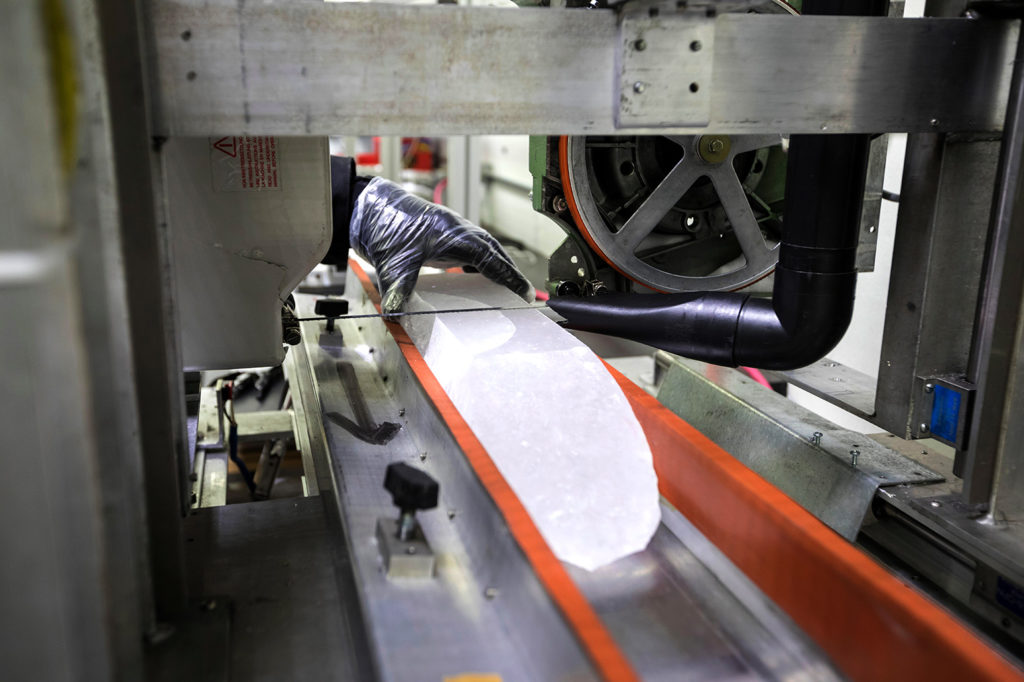Factcheck: What Greenland ice cores say about past and present climate change
A misleading graph purporting to show that past changes in Greenland’s temperatures dwarf modern climate change has been circling the internet since at least 2010.
Based on an early Greenland ice core record produced back in 1997, versions of the graph have, variously, mislabeled the x-axis, excluded the modern observational temperature record and conflated a single location in Greenland with the whole world.
More recently, researchers have drilled numerous additional ice cores throughout Greenland and produced an updated estimate past Greenland temperatures.
This modern temperature reconstruction, combined with observational records over the past century, shows that current temperatures in Greenland are warmer than any period in the past 2,000 years. That said, they are likely still cooler than during the early part of the current geological epoch – the Holocene – which started around 11,000 years ago.
However, warming is expected to continue in the future as human actions continue to emit greenhouse gases, primarily from the combustion of fossil fuels.
Climate models project that if emissions continue, by 2050, Greenland temperatures will exceed anything seen since the last interglacial period, around 125,000 years ago.
Ice cores as climate ‘proxies’
Widespread thermometer measurements of temperatures only extend back to the mid-1700s. Scientists investigating how temperatures have changed prior to the invention of thermometers need to rely on a variety of climate “proxies”, which are correlated with temperature and can be used to infer, with some uncertainties, how it has changed in the past.

An ice core from Greenland is prepared for cutting at the National Ice Core Laboratory. Credit: Jim West / Alamy Stock Photo.
Climate proxies can be obtained from sources, such as tree rings, ice cores, fossil pollen, ocean sediments and corals. Ice cores are one of the best available climate proxies, providing a fairly high-resolution estimate of climate changes into the past.
…click on the above link to read the rest of the article…